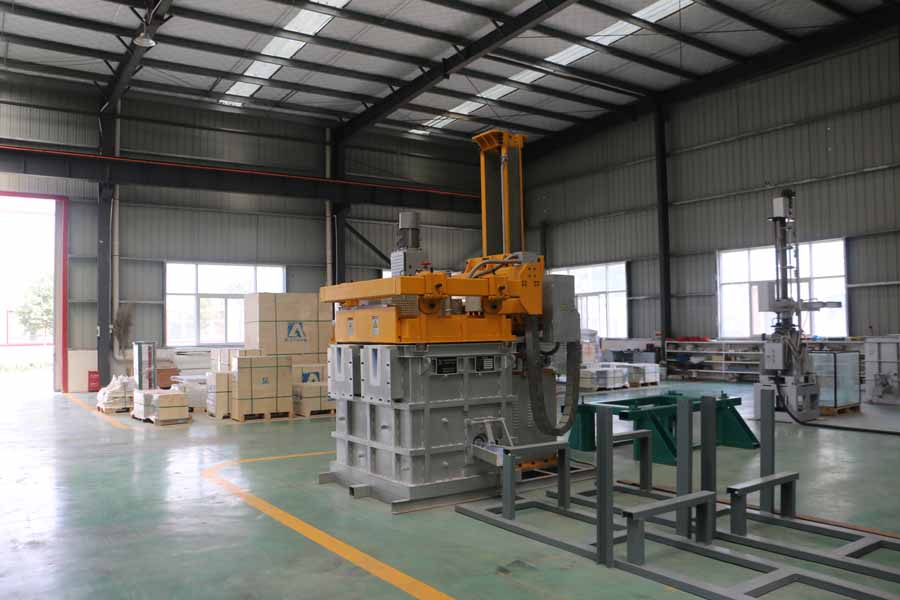
22 4月 Foundry Hydrogen Degassing
Foundry Hydrogen Degassing is a rotating rotor that breaks the nitrogen (or argon) blown into the aluminum melt into a large number of dispersed bubbles, which are dispersed in the molten metal.
The bubble uses the gas partial pressure difference and the principle of surface adsorption to adsorb hydrogen and oxidized slag in the melt.
As the bubbles rise, the bubbles are taken out of the melt surface to purify the melt.
Because the bubbles are fine and dispersed, they are evenly mixed and melted with the rotation, and then rotate the spiral shape, slowly float up, and contact the melt for a long time, so the generated gas flow rate continuously rises without forming, so harmful hydrogen is in Aluminum melt can be removed, and the purification effect is significantly improved.
Composite degassed aluminum castings are based on electromagnetic pump low pressure casting technology as the core, aluminum smelting and molding composite purification technology as the core, and modern technology for the production of aluminum castings.
The advantages of stable flow, convenient flow control, reduced aluminum liquid suction process, and easy realization are the automation of the use process, which not only improves the casting quality of aluminum castings, but also improves the working environment. Realize automation and modern casting production.

Foundry Hydrogen Degassing
In aluminum smelting and composite purification facilities, in addition to the performance of metal inclusions, an important part of the purified molten enamel alloy castings is the high degassing performance of the spray and rotating foam ceramic filters.
It is large in size, adopts new long-life lining material, and has an independent heat preservation/heating system, which can be used for mass continuous production and intermittent production.
This is a technology with high purification efficiency, long life, effective calibration, easy installation and flexible use of molten aluminum.
To solve the complex problems of high-quality aluminum castings, three main aspects must be considered:
(1) Melting and melting molten aluminum,
(2) Smooth transition of metal aluminum halide lamp melt,
(3) The mold and sand core process are dimensionally stable.
There are many die-casting and casting equipment for melting aluminum alloys on the market, including centralized melting furnaces, crucible furnaces, molten pool furnaces, and electric holding furnaces.
Therefore, the degassing aluminum equipment can also be customized according to the aluminum alloy smelting equipment, and can be made into a mobile refining deaerator, a fixed refining deaerator and a suspension refining deaerator.
There are three states of hydrogen dissolved in molten aluminum (atomic molecule and complex state, only hydrogen molecules can form pores, hydrogen molecules and hydrogen atoms are in a dynamic equilibrium state, and hydrogen molecules and hydrides take different forms immediately during the metal crystallization process. Separated (Hydrogen atoms are dispersed on the metal surface, and then leave the adsorption state. When some bubbles cannot float to the interface, they will stay in the molten metal, causing pores in the casting.


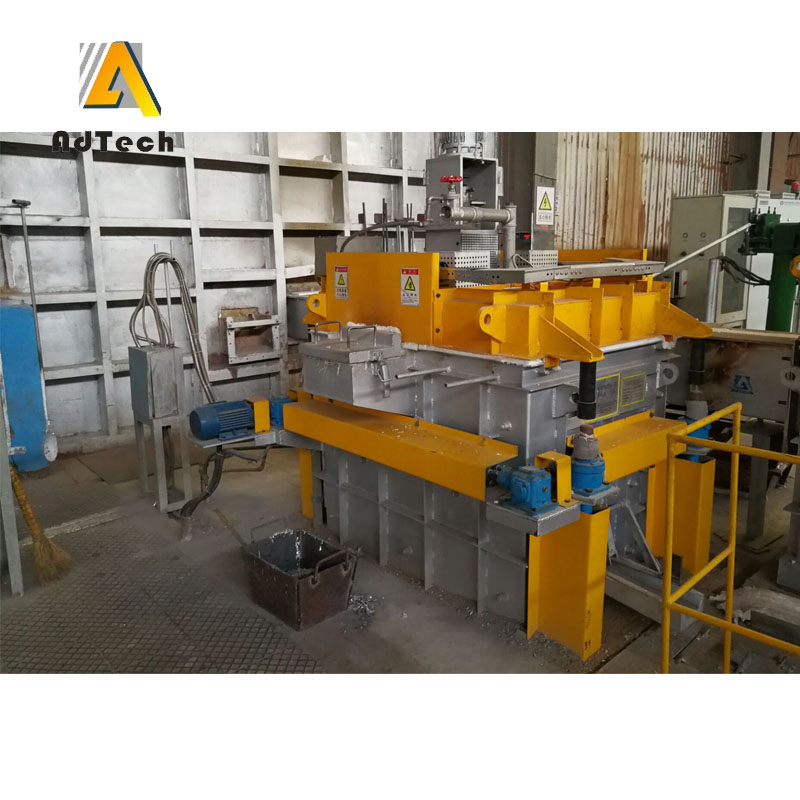
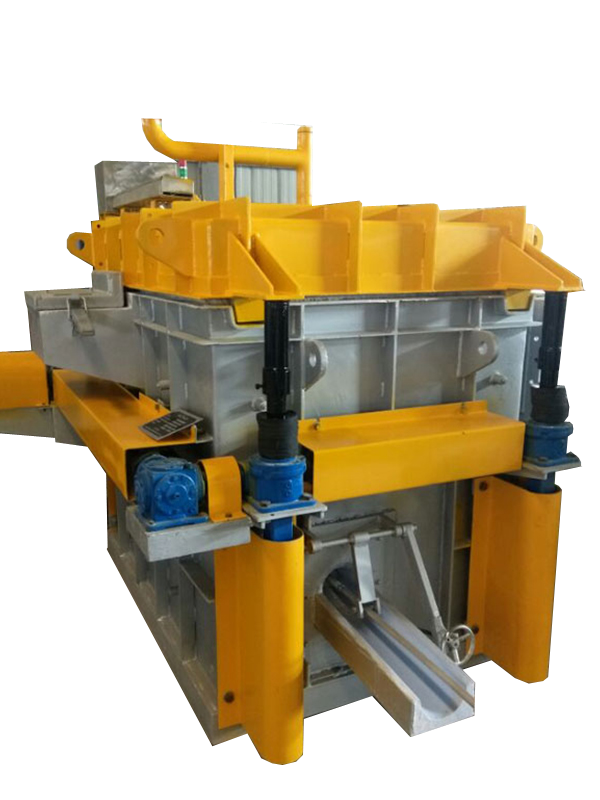
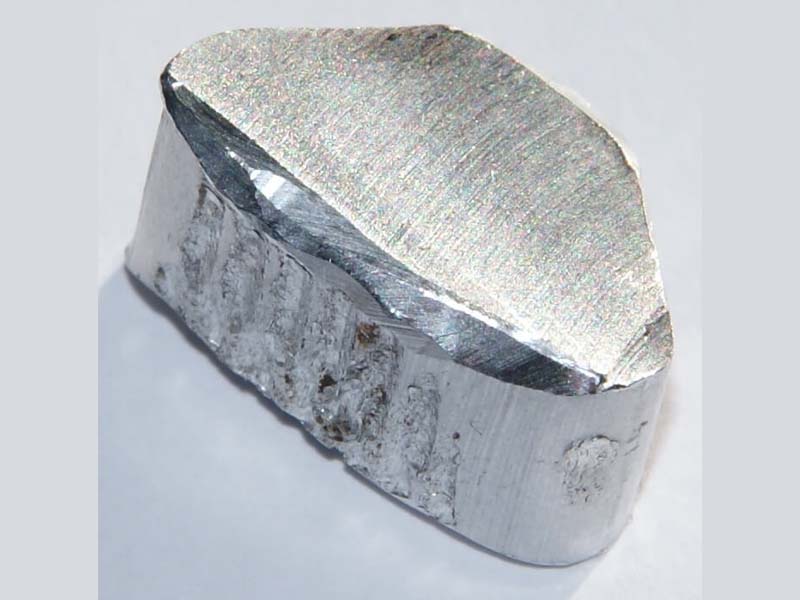
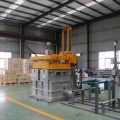
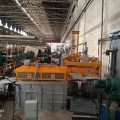
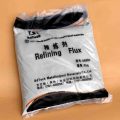
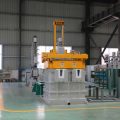
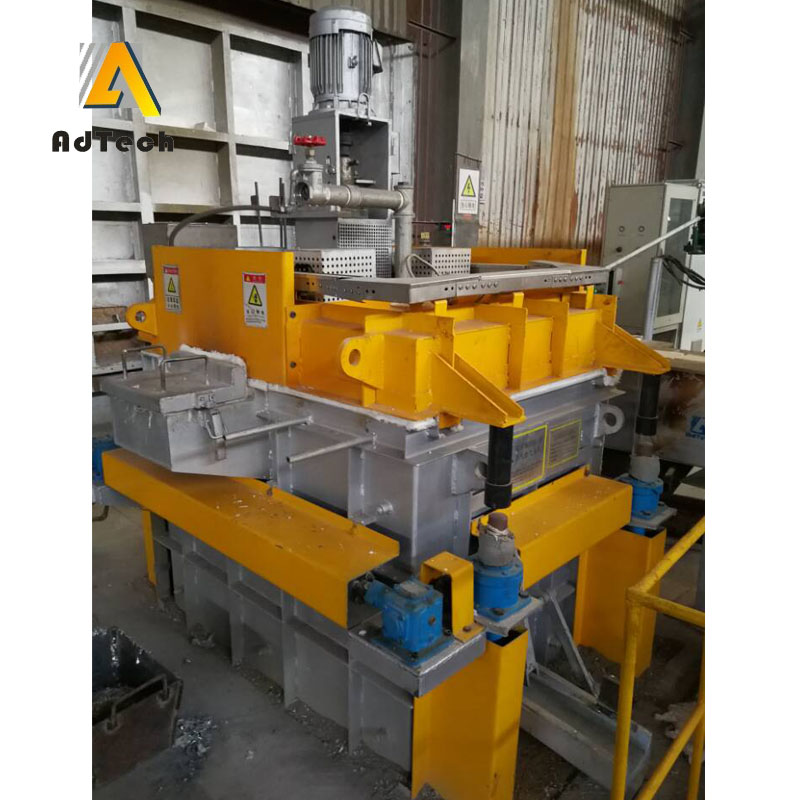
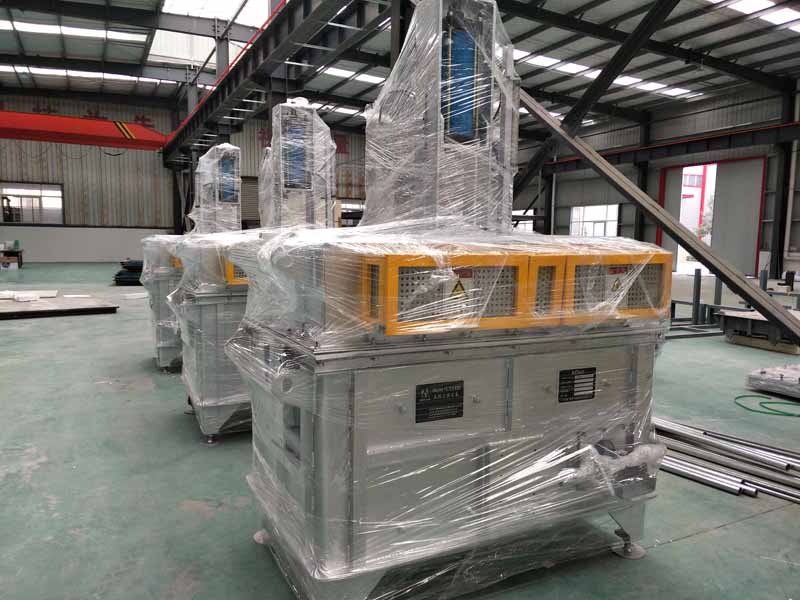
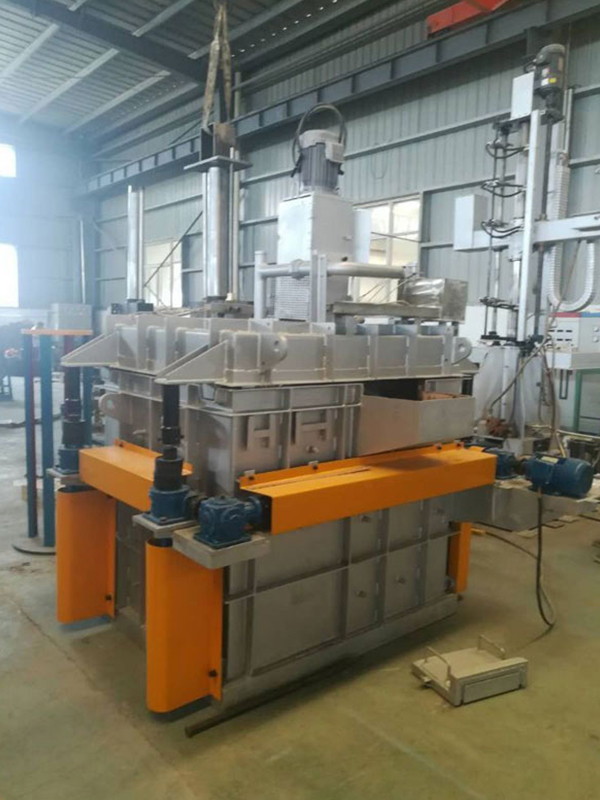
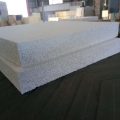
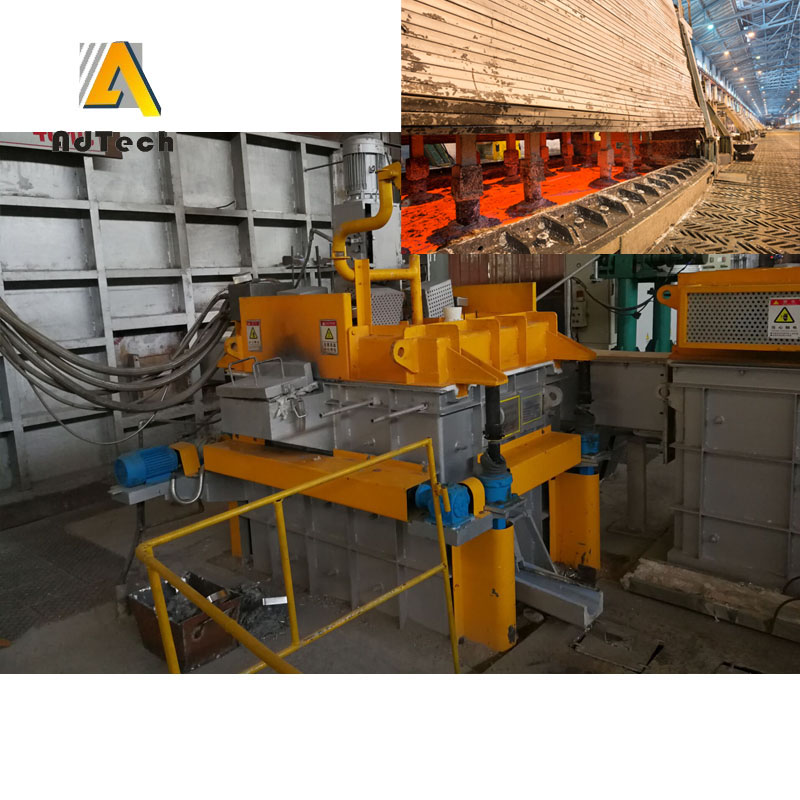
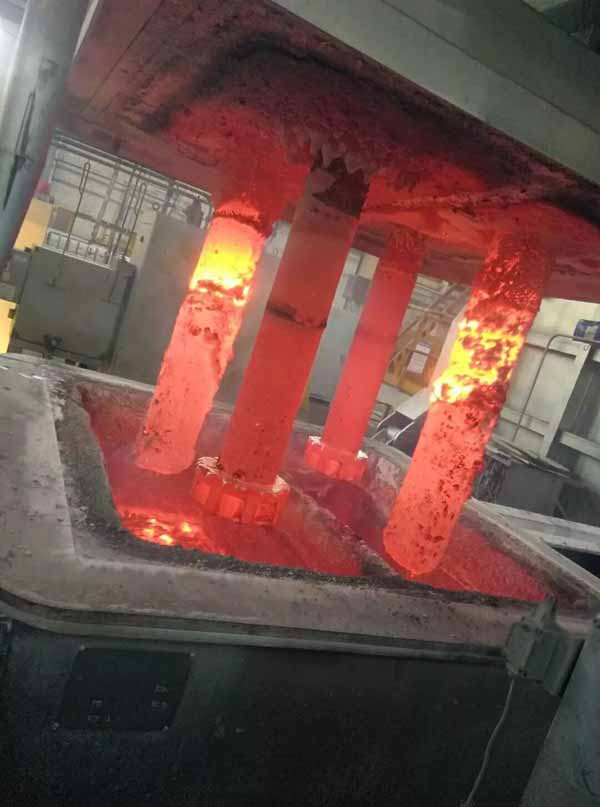
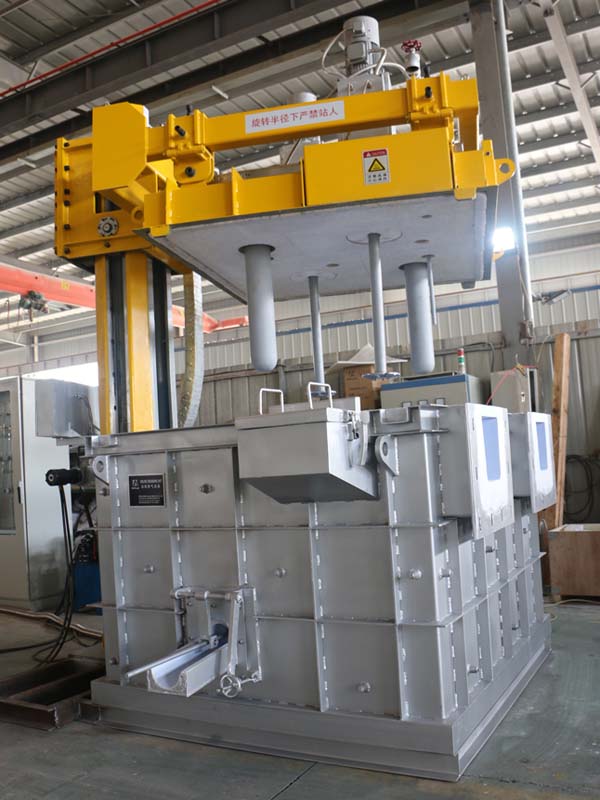
No Comments